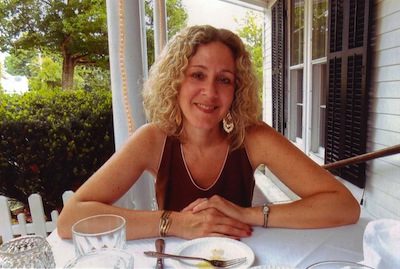Craig Mazin on Getting the Details Right for the Shocking Chernobyl
In April 1986, the Chernobyl nuclear power plant in Soviet Ukraine exploded, sending radiation into the atmosphere and ultimately causing many radiation-related deaths. While the disastrous accident, attributed to faulty reactor design and insufficiently trained operators, is widely known, the details of its aftermath are less so. Screenwriter Craig Mazin looks to change this and up the knowledge base with Chernobyl, a five-part miniseries starting May 6 on HBO that is directed by Johan Renck and stars Jared Harris, Stellan Skarsgård and Emily Watson.
Mazin, also the show’s creator and an executive producer, is expanding his wheelhouse as well. Having penned such comedy hits as Identity Thief, Scary Movie 3 and 4, and The Hangover Parts II and III, Chernobyl represents a departure for the New Jersey native, who moved to Los Angeles right after college and made a name for himself in the industry all on his own. Before writing scripts full time, and directing a couple of films, he was a marketing exec at Disney.
The Credits caught up with Mazin to chat about why he wanted to bring the story of Chernobyl to the screen, how he went about writing the script, and what he learned from the process. Edited interview excerpts follow.
You’ve done mostly comedies. How did your experience translate to telling the very serious story of Chernobyl?
That’s an interesting question. Well, I always say that nothing is harder than writing comedy. It’s a viciously hard thing to do. If there’s anything I was able to take from the experience of working in comedy for so long, it’s a sense of obligation to the audience. I think the only way to have them experience the story the way I want them to and to make sure that they stay and watch it, that they feel satisfied and fulfilled by it, is to respect them. So with Chernobyl, I kept in mind that I wanted people to stay engaged. I wanted to respect them as an audience and make sure that I was taking care of them even as I was asking them to engage in what fascinated me about Chernobyl.
So what was it about the Chernobyl story that made you want to adapt it for the screen all these years later?
It’s an incident that everybody knows about and yet nobody knows about. If I ask people what happened to Chernobyl, they’ll say it blew up, and if I ask them what or how they won’t know. And in reading through what actually happened that night and in the weeks and months to follow, I was astounded, because the real story and the shocking stories are the things that came after. That said, as I began to work on this, it became clear to me that what was underlying my interest in Chernobyl was less an obsession with a disaster or the grim details of its impact on humans and the environment. What was attracting me and driving me was this comment about the cost of lies and how our disconnection from truth is incredibly dangerous. And that is the lesson I hope people come away with when they see Chernobyl, that there is a cost to ignoring the truth.
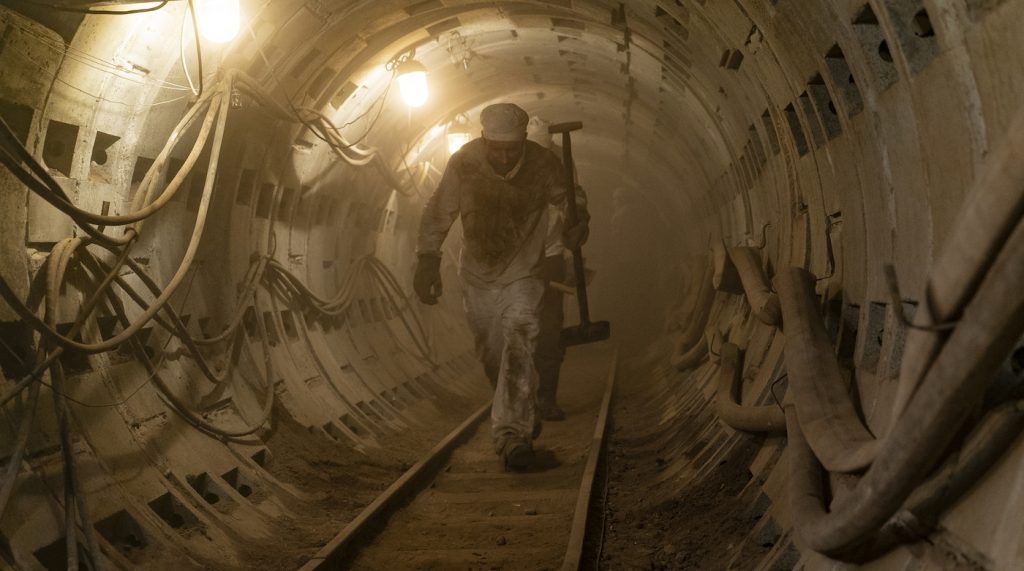
What materials did you adapt the story from? The broadcast footage and audio recordings included in Chernobyl are amazing!
From a research point of view, I used a lot of everything. So there were first-person accounts, there were summary books written by scientists who were involved from the Soviet side in the cleanup, there were companion books written by historians that were outside of the system, there were scientific reports, there were blueprints, there were documentaries, there were photographs, there were audio recordings. I tried to use as much as I could of everything to present the most accurate version of what happened, because accuracy was sort of the point, especially in a story where you’re talking about the importance of truth.
When it came to things like archival footage, most of the archival footage we have you will see actually at the very end of the show. And we did that for good reason. We didn’t want to take people out of our timeline too frequently while the show was unfolding. It was tough — in this case, we’re talking about a lot of materials that were essentially the property of the Soviet Union, so we had to work through a lot of different channels to make sure that we were using these materials legally and with permission. It was a real task. Our producer, Sanne Wohlenberg, did a remarkable job of wrangling all this material over the course of many months.
Did you speak with scientists and other consultants?
Yes, I did. In fact, one of the very first things I did early on in the process was to go down to USC and talk to a nuclear physicist there. And I continued to speak to other scientists along the way. I also spoke to people who had grown up in Soviet Ukraine and had been in Ukraine at the time of the disaster to make sure that I was also presenting things in the correct cultural context. I just didn’t want to make any broad mistakes where people would watch this and say they didn’t care enough to get it right.
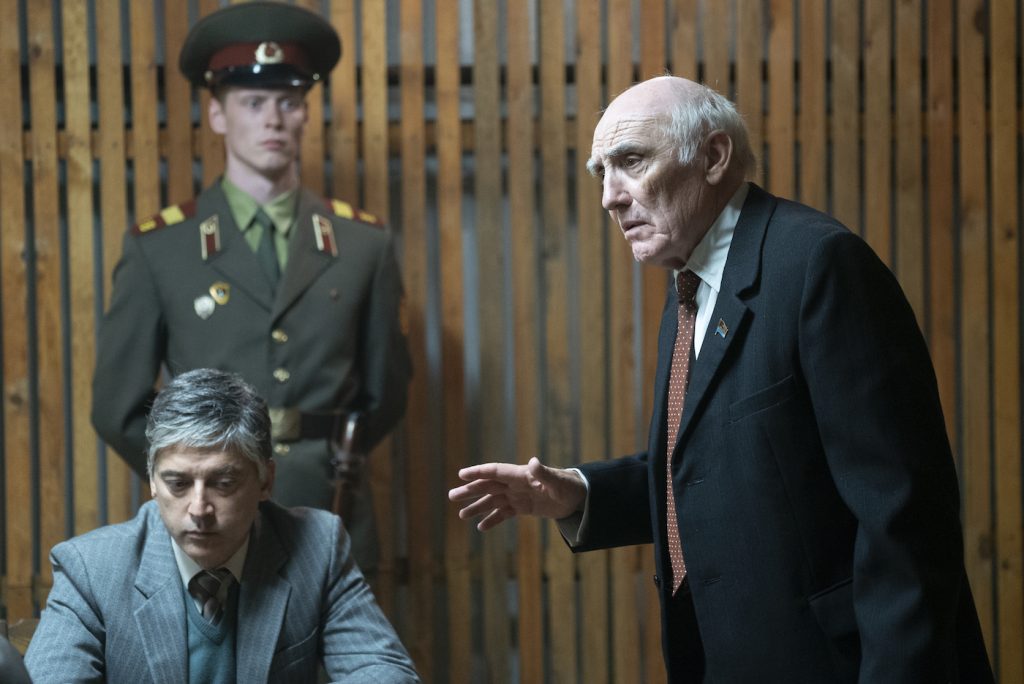
Tell me about the approach you took to crafting the story arc and how you chose particular supporting characters to focus on, such as the fireman and his wife.
When you’re dealing with an incident, an event in history that is as large, looming and broad as Chernobyl, you’re never gonna really understand it if you look at it from only one side. And in a story like this, you need to have multiple levels of perspective. I don’t know if we have the mental capacity to understand the horror and the humanity of a tragedy like Chernobyl through statistics. But weirdly, if you look at one person, instead of diminishing an event I think you finally begin to understand what it was and how it impacted people. We wanted to tell a story about people first and foremost. It’s not a story about a disaster, it’s a story about people.
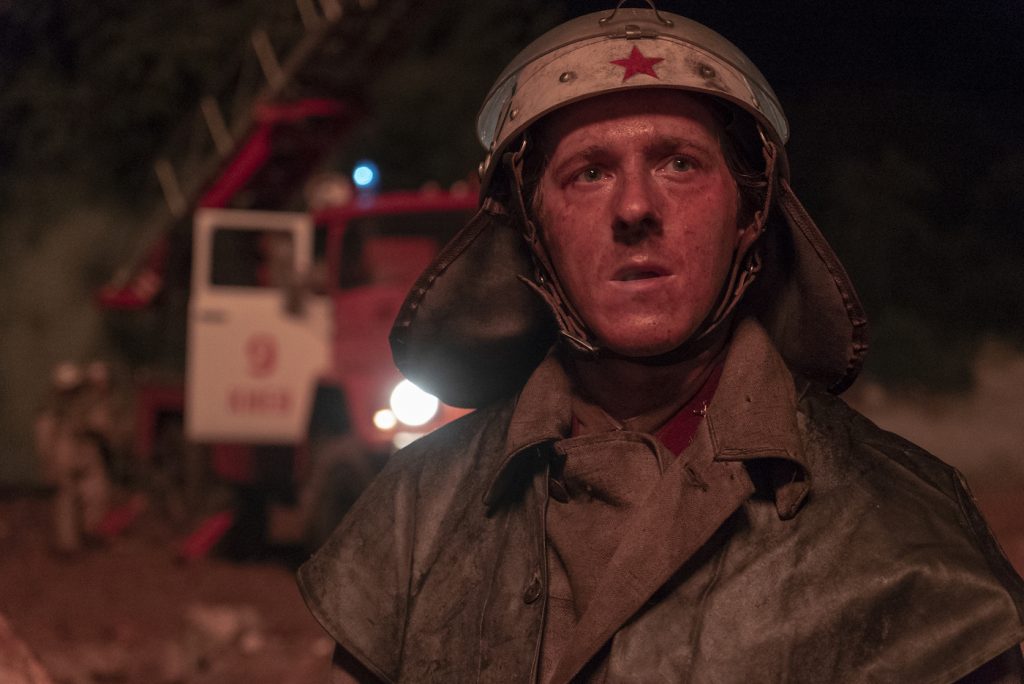
I read that you typically write with certain actors in mind. Did this apply to Chernobyl?
Yes, there are three lead characters and I wrote with three actors in mind, and all three of them agreed to play those parts. This will never happen to me again! [laughs] I imagined Jared Harris as Valery Legasov and Stellan Skarsgård as Boris Shcherbina and Emily Watson as Ulana Khomyuk and all three of them said yeah.
Amazing!
Yeah, it is amazing. And they all did just incredibly beautiful work, which is no surprise. They are three truly world-class actors. That was just remarkable and something for which I’m very, very grateful.
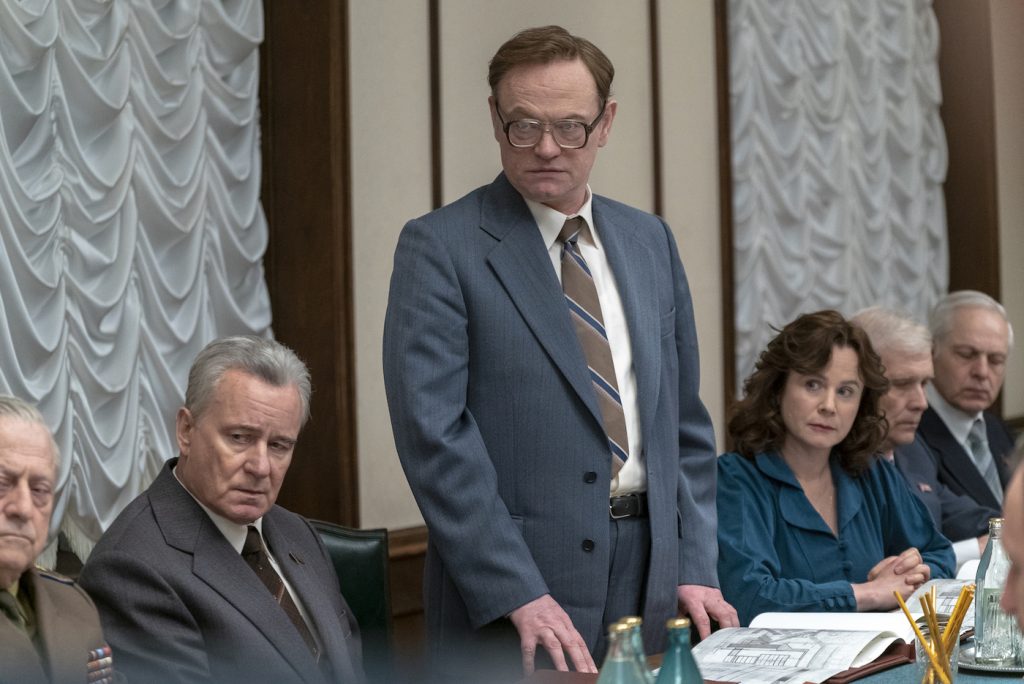
What did you learn in writing this miniseries? Did anything surprise you?
I actually learned a lot. Having never done a historical drama before, what I kind of discovered about myself is that there is a kind of obsessive interest in getting facts as right as I can. And just as a writer, there was a kind of gratification in doing service to history. I don’t know how else to put it. I’m working in service to something. It’s not simply to get a check or to tell a terrific yarn. There’s an obligation that you have, to people who are no longer with us and people who still are, to try and get it as right as you can. And so in finishing Chernobyl, it’s clear to me that that’s the kind of writing that I want to continue to do and I will be continuing to do.
Featured image: Episode 1. Photo: HBO


